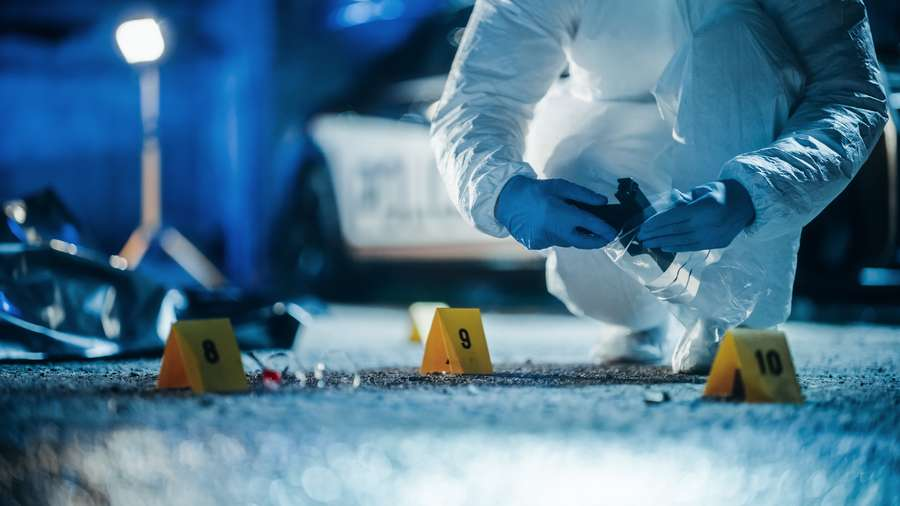In a significant advancement in forensic science, investigators have recently extracted ‘Touch DNA’ using an M-Vac system from items in the 1996 murder case of French film producer Sophie Toscan du Plantier. This technique isolates trace skin cells from rough surfaces and represents a high level of expertise in modern forensic methodology. International collaboration—pairing specialists from the U.S. with Forensic Science Ireland—has breathed new life into a case that had remained unsolved for nearly three decades.
For both law enforcement and the public, the experience of such breakthroughs is electrifying. Investigators are now waiting for lab matches between the new DNA and both original samples and forensic databases. Should the match be confirmed, it may finally resolve a longstanding mystery and provide closure to a case that has haunted the community and criminal justice professionals alike.
To maintain authoritativeness and trustworthiness, this article is grounded in a recent investigative report, detailing the collaboration and scientific techniques used. Emphasizing the rigorous testing and cross-border cooperation lends credibility and precision, illustrating both the power and the responsibility of forensic science in pursuing justice decades later.







